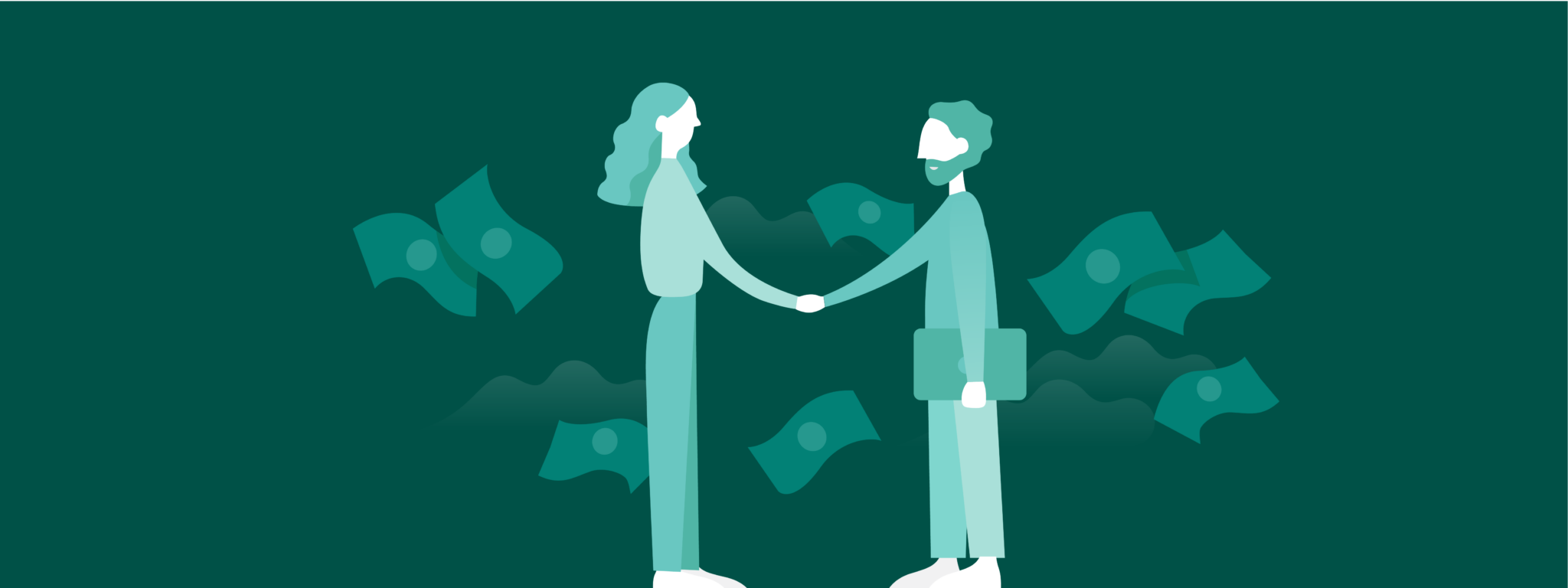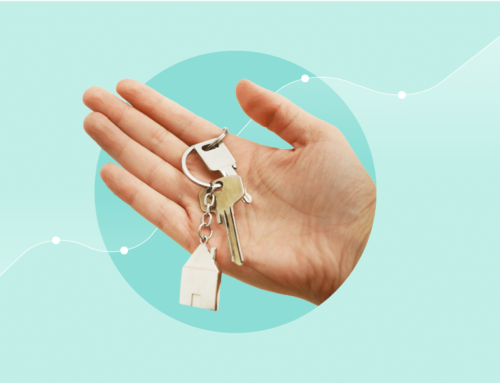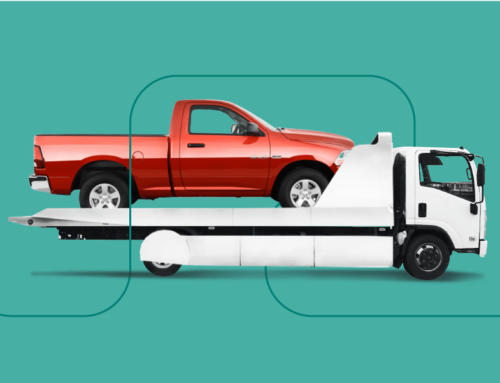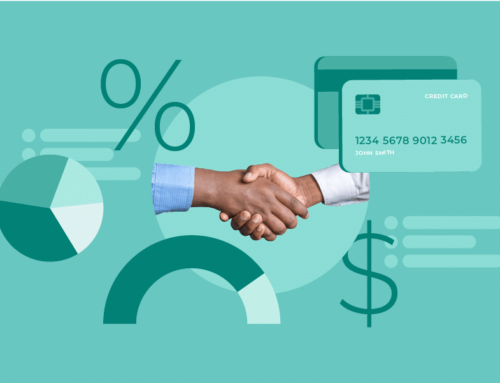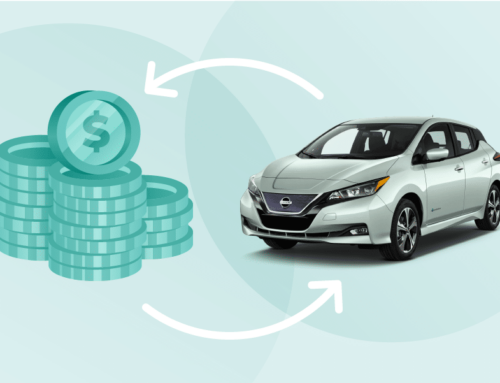If you need to borrow from a lender, you have two options: loans and lines of credit. So, which is the right decision financially, and what’s the difference between credit and a loan? The best choice depends on several factors.
If you want to learn more about the differences between a line of credit vs a loan, keep reading this guide. We’ll explore the similarities and differences between each option and go over factors that should impact your decision.
Here’s how you can make the most of your financial situation when you need extra funds.
Line of Credit vs a Loan: The Similarities and Differences
Businesses and individuals can obtain funds from lenders through loans or lines of credit. Each option serves different needs, and each one works differently.
First, let’s go over revolving and non-revolving accounts.
A revolving account, like a credit card, has a maximum borrowing limit and varying availability. These accounts can stay open as long as the borrower makes payments on time and remains in good standing. Unlike loans, borrowers can pay off the debt and use the line of credit again.
Revolving accounts are more flexible. Personal lines of credit fall into this category. Typically, lines of credit have higher interest rates but smaller minimum payments.
Lines of credit can also be used for many purposes. You might use a business credit card to purchase a meal at a restaurant or to buy new office equipment. Typically, purchases are smaller than those made with a loan.
A loan has a non-revolving credit limit. A borrower will only be able to access the funds once, and then they’ll start making payments on the loan. Interest accrues immediately with a loan.
Loans can be either secured or unsecured, and the lump sum payment varies depending on a borrower’s creditworthiness.
There are many types of loans and uses for them, but borrowers typically take them out for a specific purpose, such as to purchase a house, a car, or expensive business equipment.
What Is a Line of Credit?
If you don’t know how much money you’ll need and you plan to use the funds for smaller purchases, consider a business line of credit.
Since this option is a revolving account, you can access the funds when you need them as long as you don’t go over the set limit. Another benefit of a line of credit is that you can use it again and again after you pay off your debt.
You also have more flexibility when it comes to payments. You can make minimum payments or pay off the full amount.
A business line of credit makes a good solution for small purchases or to cover unexpected emergencies. That said, there are some downsides to a line of credit.
The amount of outstanding debt among Canadians has reached an all-time high of $2.32 trillion. It’s easy to fall into the trap of putting all your business expenses on your line of credit, but that can get you in trouble too.
What Is a Business Loan?
A business loan is when one party, typically a small business lender, gives funds to a business in exchange for the repayment of the loan plus interest.
Borrowers may get a secured or unsecured loan. A secured loan uses collateral, which is an asset like real estate or a cash deposit. If the borrower defaults on the loan, the lender has the right to repossess the collateral.
Keep in mind that certain types of business loans can only be used for a specific purpose. An example is an equipment loan, which you can only use to purchase equipment for your company.
Which Is the Best Option for You?
A business loan is a lump sum for a specific purpose. Many entrepreneurs take out small business loans to start their companies. They can also be used to bring money into an existing business or to finance a large expense.
One of the benefits of a business loan is that you can borrow more with it than through a business line of credit. Plus, you’ll receive all the funds upfront.
Make sure you get the right loan, as some can only be used for certain purposes. You may also need to put up collateral to go this route.
A line of credit may be best if you need access to working capital for ongoing financing. A business line of credit is best for smaller purchases that you can pay off quickly.
The benefit of this option is the flexibility that it offers. Businesses can use their line of credit for almost anything. Plus, some lines of credit are unsecured, so you don’t have to worry about providing collateral.
To determine the best option for your business, evaluate your needs by asking some questions.
Questions to Ask Yourself
First, how much financing do you need? A loan provides more financing, making it better for larger purchases. Lines of credit are usually smaller than business loans.
Do you need the funding for a specific purpose or for multiple reasons? A business line of credit can be used for any purpose, but it’s typically used for smaller purchases. On the other hand, you’ll usually need to explain your plans for funding acquired through a loan.
Are you willing to put up collateral? Loans almost always require some form of collateral. Unsecured lines of credit don’t require collateral, so they may be better if you don’t have assets.
How is your creditworthiness? If you’ve been in business long enough and you have more annual revenue, you may not have any trouble qualifying for a business loan. However, it’s usually easier to qualify for a line of credit.
Line of Credit vs a Loan: Deciding the Winner
When it comes to a line of credit vs a loan, you must consider your needs for the funds first. Both options are useful for businesses, but you may find that one option fits your needs better at this time.
Let our team at Marble be your financial partner and help you reach your goals. Learn how to master a budget, get the right type of funding, and improve your financial health with our MyMarble Premium.
Plus, if you have questions, feel free to contact us. We’ll happily put you on the right path toward making the most of your financial health!


